Aston Martin’s Fernando Alonso was given 20-second time penalty at the Australian Grand Prix which relegated him two places for “an unusual manoeuvre” in his approach to Turn Six; George Russell was close behind and crashed out in a dramatic conclusion to the race at Albert Park
__accessibility-message” data-role=”accessibility-message”>Please use Chrome browser for a more accessible video player
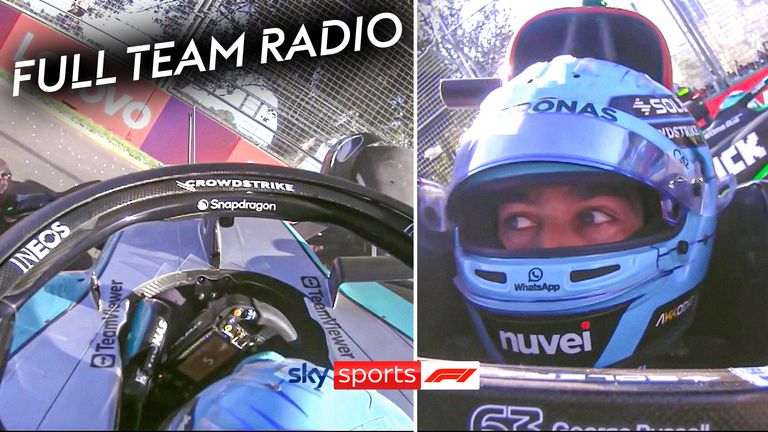
A panicked George Russell calls for a red flag over Mercedes team radio following his crash on the penultimate lap of the Australian Grand Prix. Video contains content that some viewers may find distressing.
Following the controversial incident that resulted in Fernando Alonso receiving a 20-second penalty at the Australian Grand Prix, Sky Sports F1’s Karun Chandhok gives his verdict.
Alonso was penalised by the stewards for “potentially dangerous” driving in front of George Russell before the Mercedes driver crashed in a dramatic conclusion to Sunday’s race.
The Aston Martin driver was handed a 20-second time penalty for the way in which he approached Turn Six on the penultimate circuit, dropping him from sixth to eighth in the final classification – a decision issued by stewards more than three hours after the end of the race.
- Alonso disputes penalty reasons for driving before Russell crash
- Stream every F1 race with NOW Sports Month Membership
- Get Sky Sports F1 | Get Sky Sports on WhatsApp
Following the post-race investigation, which included the study of data, replays and interviews with both drivers, stewards said telemetry from Alonso’s car showed that the Aston Martin had “lifted slightly more than 100m earlier than he ever had going into” Turn Six on the penultimate lap of the race as Russell chased him down.
Alonso claimed that he was simply trying to ensure a better exit from the upcoming corner, with Russell applying heavy pressure as the pair approached the DRS zones in which the Mercedes driver, on fresher tyres, would likely have had his best chance of overtaking.
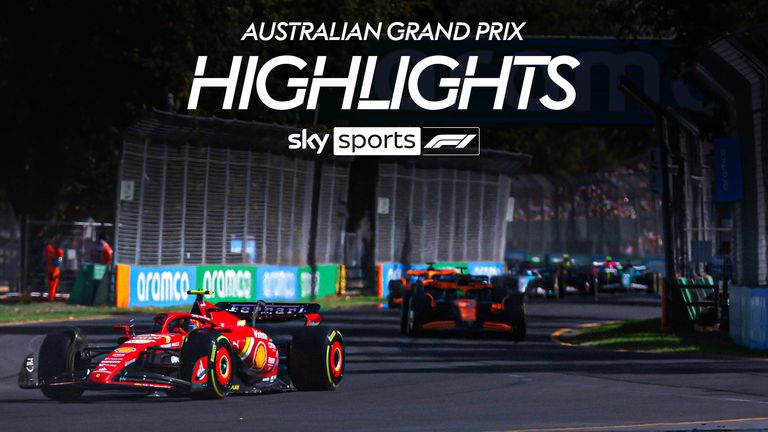
Highlights of the Australian GP from Albert Park, Melbourne.
The stewards said they did not have sufficient information to determine whether Alonso’s manoeuvre was intended to cause Russell problems, but ultimately concluded that he had contravened the regulation which states: “At no time may a car be driven unnecessarily slowly, erratically or in a manner which could be deemed potentially dangerous to other drivers or any other person.”
Alonso was handed a 20-second time penalty for the incident in lieu of a drive-through given the race had already finished. He also had three penalty points applied to his previously-clean superlicence.
The 42-year-old Spaniard wrote on social media that he was “surprised” by the decision and suggested the layout of the circuit was to blame, citing other examples where he believes he defended in the same manner.
Chandhok analysed the incident during Sky Sports F1’s post-race coverage, but that was before the stewards’ decision had been made. A day on, the former Lotus and HRT driver shared his latest thoughts:
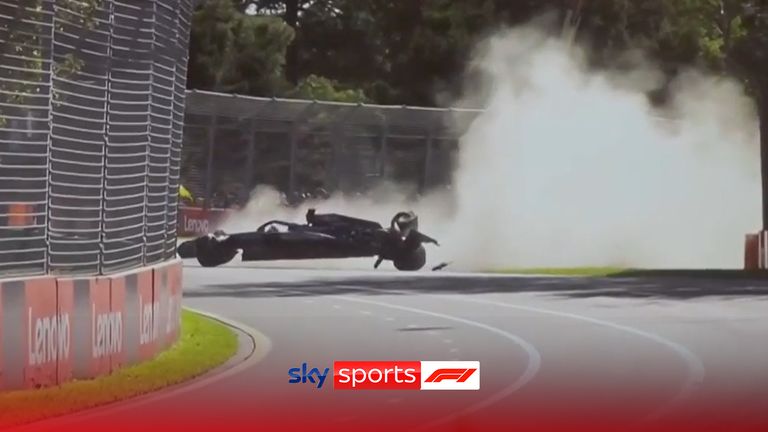
Karun Chandhok was at the SkyPad to look at whether Fernando Alonso caused George Russell’s huge crash on the final lap of the Australian Grand Prix.
Has your view changed?
“There’s a way to drive tactically, and there’s a way that that goes slightly beyond what is being judged as fair, and in this instance, it feels like that was the case.
“If I look at Alonso’s example of Imola 2005 that he cited, that was brilliant tactical driving by him, positioning the car in the right place at the right time, slowing the corner entry to get a better exit. But it was done in a in a predictable manner, and I think that is the keyword here, predictable.
“A lot of people have referenced Kevin Magnussen’s driving in Jeddah, questioning how it was okay for him to intentionally slow down the field there, but Alonso got done for the move in Melbourne.
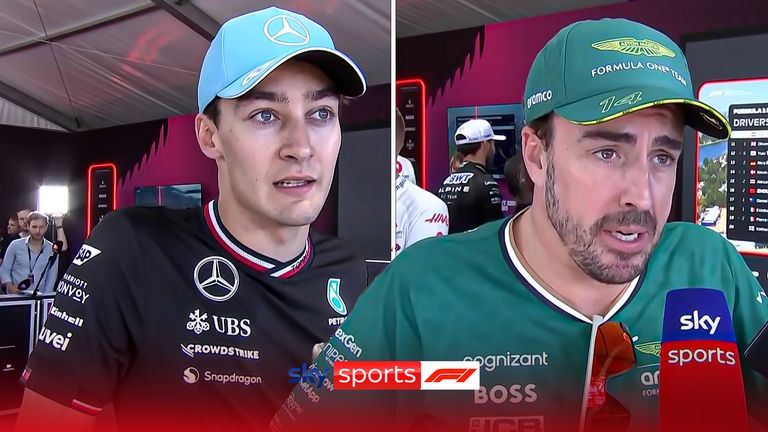
George Russell and Fernando Alonso give there accounts of Russell’s final-lap crash where the Aston Martin driver appeared to slow dramatically.
“There was a predictability in what Magnussen was doing. He was driving in a tactical way, slowing down mid-corner in long radius corners where there was only one line, so nobody had the opportunity to overtake him. But it was done in a way that the cars behind knew what he was doing.
“In Fernando’s case, looking at some of the GPS data as well, what’s quite clear is, in contrast to his own driving in the previous few laps, he seemed to back off and brake significantly earlier on this lap and then accelerated and braked again. And that’s where the unpredictability came in for George.
“I think any driver on the planet would have obviously tried to brake early to get a good exit, I think where this perhaps crossed the line is it was so much earlier, so much so that he in fact had to speed up again.”
How challenging was it for Russell?
“While George didn’t make contact with Fernando, that wasn’t actually what put him out. The front wings on F1 cars are so, so sensitive.
“George got unexpectedly close – if you expect to be that close, in the cockpit you will adjust your speed, you’ll adjust the way you’re driving the car.
“It’s basically like if you were driving behind another car and suddenly the grip just disappears like a switch, like your front tyres suddenly touch some black ice. That’s what happened to George.
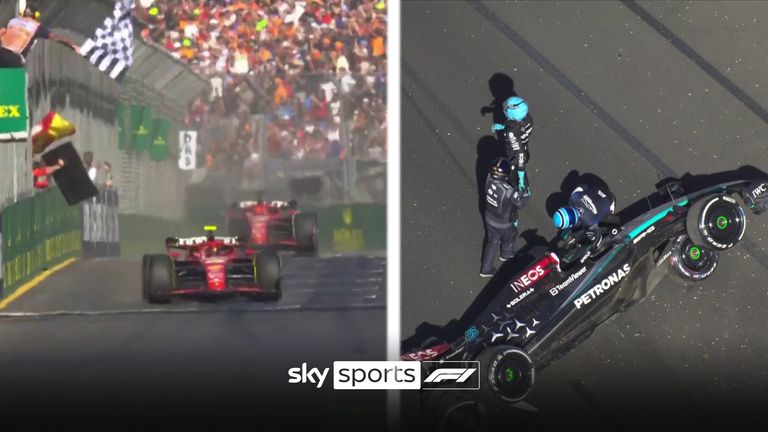
Carlos Sainz produces an incredible performance to win the Australian Grand Prix for a Ferrari 1-2, while George Russell crashes out on the final lap for a Mercedes double DNF.
“You can always help yourself, but I think given how different it was on that lap, in contrast to the previous few laps, I think George could cut himself some slack because he would not have expected Fernando to have backed off so much earlier. I think he would have expected Fernando to back off a certain amount earlier, but not as much as that.
“David Coulthard actually remembered that Alonso did a similar move to him at the Nurburgring in 2003 and he ended up off the track as well!”
Did the stewards make the right decision?
“I think they got it right. There’s an argument to say that if he purposely had him off, maybe you should be penalised more. Equally, on the flip side you could say, they didn’t make contact, so should he have been penalised at all.”
Does it impact Alonso’s future?
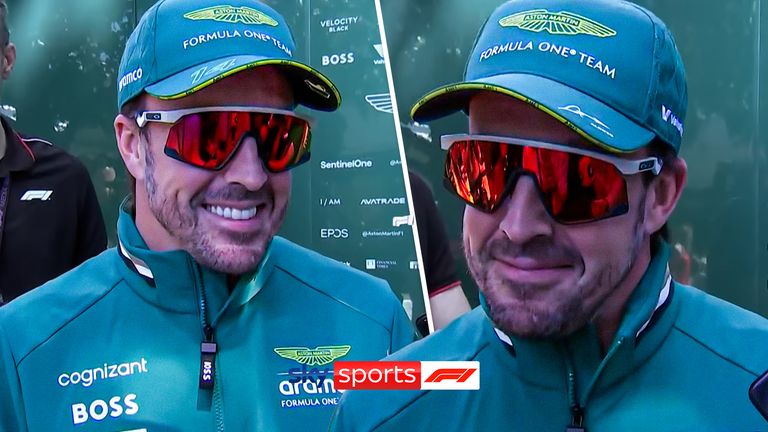
Fernando Alonso says he cannot comment on a potential move to Red Bull and admits he will explore all his options in the future.
“No, I don’t think so. Fernando is a ruthless, brilliant and smart competitor.
“Alonso is a tough competitor who has a sort of win-at-all-costs approach. And I guess any team who signs him up is signing him up for that. So I don’t think it has any impact on the future.
“I think whatever happens the future, will be a decision independent of this incident in Melbourne. I don’t think a single incident like this will make a team sign or not sign a driver.”
How will the drivers deal with it in Japan?
“Normally, one of the drivers will raise the question, probably George, I guess, and then it will be up to the race directors.
“It’s quite an awkward scenario at the Driver’s briefings because the conversations happen between drivers, but via the chair, via the race director. So it will never be directed one driver to another, it will be directed to the race director in the case of, ‘if this happens again, what will you do? What do you think? What’s your view on it?’ That sort of stuff.
“So there could be a slightly awkward conversation, I imagine. But it’s not anything that’s not happened before in F1. There’s been incidents and awkward conversations at briefings for probably half of each season.”
Formula 1’s biggest ever season continues with the Japanese Grand Prix, live on Sky Sports F1 from April 5-7. Stream every F1 race and more with a NOW Sports Month Membership – No contract, cancel anytime
Get Sky Sports on WhatsApp!
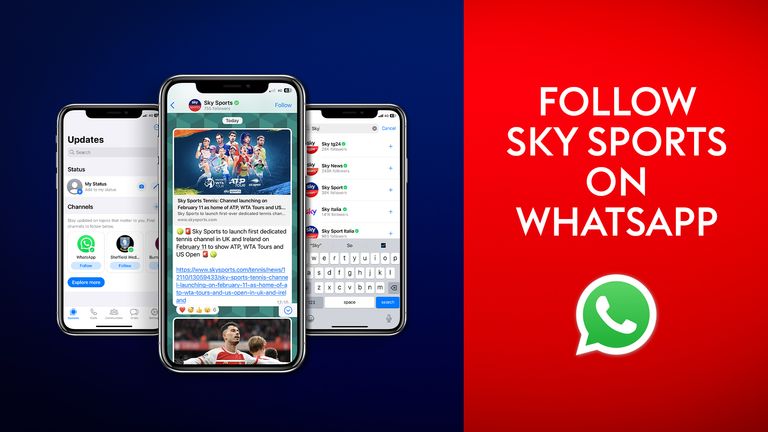
You can now start receiving messages and alerts for the latest breaking sports news, analysis, in-depth features and videos from our dedicated WhatsApp channel!
Find out more here…
Sourse: skysports.com